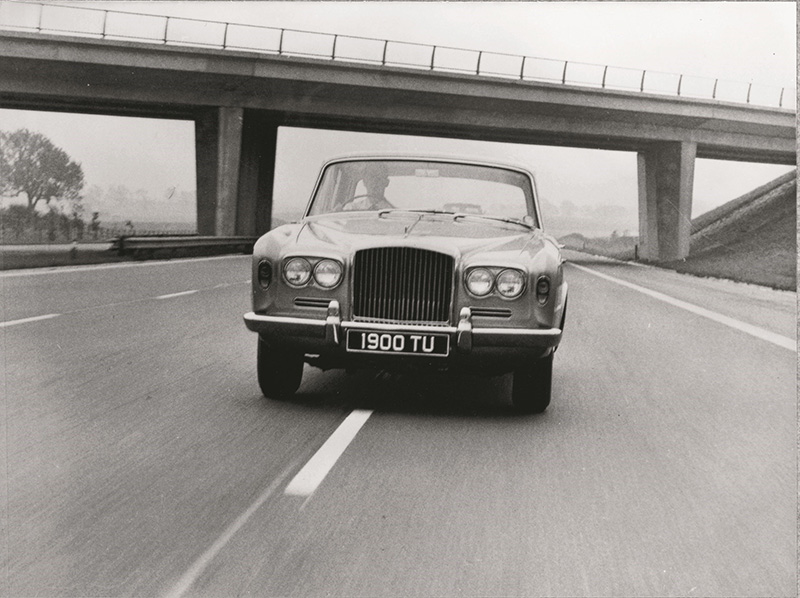Explore the legendary Bugatti Type 35’s century-long racing legacy, from its 1924 debut to 2,500 victories and its enduring influence on motorsport.
Few vehicles have made as significant an impact on motorsport history as the Bugatti Type 35.
As we mark the hundred-year anniversary of its debut in competition, it’s appropriate to ponder on the remarkable heritage of this iconic race car.
The Type 35’s unparalleled success on tracks and hillsides across the globe is a testament to Ettore Bugatti’s visionary design and relentless pursuit of perfection.
The Birth of a Legend
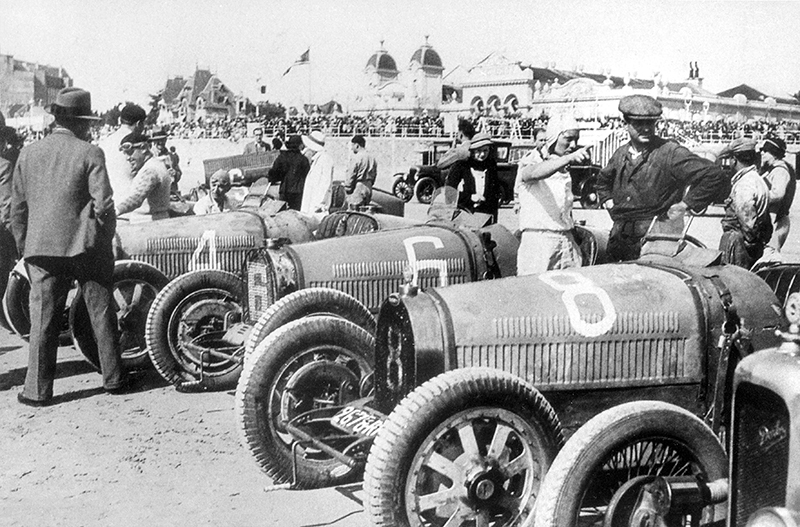
The Bugatti Type 35 made its competitive motorsport debut at the Lyon Grand Prix in 1924. It subsequently dominated the racing scene for many years. Ettore Bugatti’s masterpiece was not merely a car; it was an artistic marvel that redefined track racing possibilities.
The design of the Type 35 was groundbreaking during its era. Its light build, paired with a potent engine, resulted in an outstanding power-to-weight ratio. This, along with its agile handling, rendered it a formidable contender in numerous racing disciplines.
A Reign of Dominance
The extraordinary success of the Bugatti Type 35 was unparalleled. Throughout its competitive lifecycle, the car and its offshoots chalked up an impressive 2,500 victories. At the height of its capability, the Type 35 was averaging an astounding 12 race wins per month.
Just two years after its debut, the Type 35 secured the 1926 Grand Prix World Championship, cementing its place in racing history. However, it was perhaps in the gruelling Targa Florio road race where the Type 35 truly made its mark. Between 1925 and 1929, Bugatti’s masterpiece conquered the challenging mountains of Sicily for five consecutive years, a feat that remains unmatched to this day.
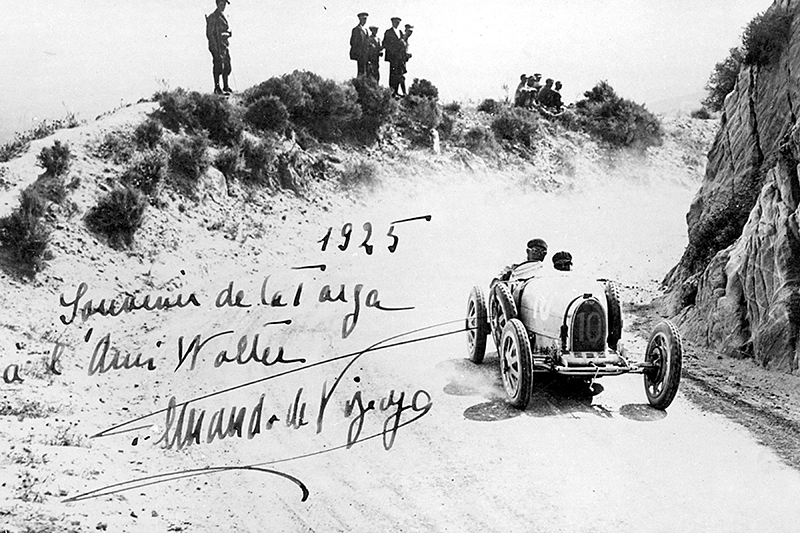
Mastering the Hills
The Type 35 gained significant fame from circuit racing, but it was at hill climbing events where the car truly distinguished itself. At a time when dedicated racing circuits were scarce, hill climbs offered some of the most electrifying competition in the Type 35’s career.
The vehicle’s nimble maneuvering made it easy to navigate sharp turns, and its superior power-to-weight ratio along with swift acceleration empowered it to ascend even the most vertical slopes effortlessly. The Type 35 continued the legacy of its predecessor, the Type 13, ensuring Bugatti’s reign in this field.
One of the most notable hill climb victories came in 1930 when René Dreyfus piloted a Bugatti Type 35B to victory at La Turbie in France. This win was particularly poignant as it echoed Jean Mabille’s famous victory at the same event in 1922 with the Type 13.
1928: A Year of Unparalleled Success
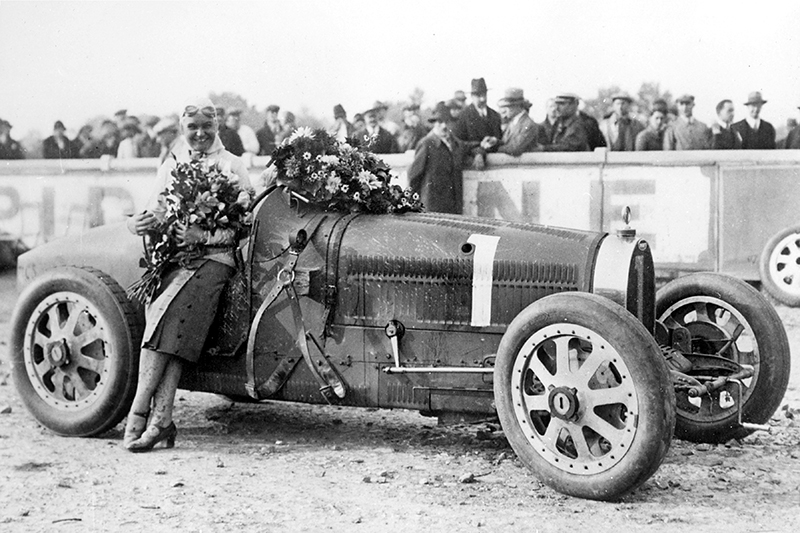
Although there was no official world title to vie for in 1928 because of event cancellations, Bugatti and the Type 35 still had an exceptional year. The car was completely dominant, with Bugatti drivers winning 23 of the 26 major international races held that year.
This remarkable streak consisted of 11 Grand Prix victories and an additional win at the Targa Florio.
The versatility and reliability of the Type 35 were highlighted in this extraordinary year. Be it on long road courses or shorter circuit races, the Bugatti persistently outdid its competitors, often by substantial margins.
Conquering the Nürburgring
The following year, 1929, Bugatti claimed one of its most prestigious victories with the Type 35. In a display of French engineering excellence, Monégasque driver Louis Chiron triumphed over the German automotive industry in its own backyard, winning the Grand Prix of Nations at the Nürburgring.
The win was especially notable since it occurred only two years after the notoriously difficult circuit opened. Chiron’s impeccable performance enabled him to finish the 508.77km race in 4 hours and 46 minutes, steering his Type 35C to triumph.
Georges Philippe underscored the dominance of Bugatti by finishing second in another Type 35C, trailing Chiron by about 12 minutes.
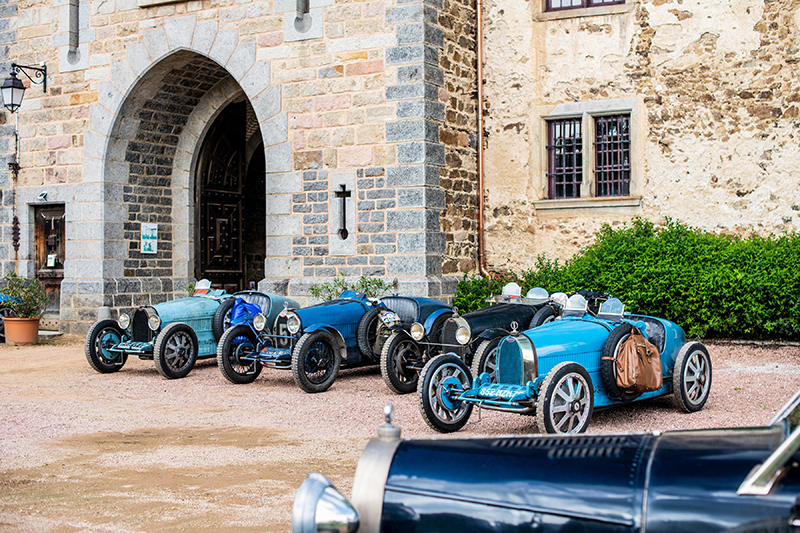
The Inaugural Monaco Grand Prix
The final year of the 1920s marked the debut of what would evolve into one of the most esteemed events in motorsport – the Monaco Grand Prix. Appropriately, the first edition was won by a Bugatti Type 35B, driven by British driver William Grover-Williams.
Grover-Williams’ triumph on the demanding street circuit rewarded him with a whopping 100,000 French Francs, a sum that was incredibly large during that time. This victory wasn’t a one-time success for Grover-Williams, as he had previously experienced victory in a Bugatti Type 35 at the 1928 French Grand Prix, a triumph he would duplicate in 1929.
Conquering the Sands: The La Baule Grand Prix
The Bugatti Type 35 had numerous victories, but one that is often overlooked, yet no less remarkable, occurred at the La Baule Grand Prix. This distinctive race took place on France’s west coast beaches, where drivers had to compete not just with each other, but also with the Atlantic Ocean’s rising tide.
The Bugatti Type 35 enjoyed great success on the golden sands of La Baule. In 1927, British driver Captain George Eyston steered his Type 35B to a triumphant victory, crossing the finish line more than six minutes before his closest competitor. The subsequent year, Pierre Blaque-Belair furthered Bugatti’s winning streak by securing a victory in his Type 35.

These beach races showcased the exceptional versatility of the Type 35. From the winding mountain paths of Sicily to the sandy beaches of La Baule, the Bugatti proved its resilience in a variety of demanding environments.
The Twilight of an Era
The Bugatti Type 35 dominated the motorsport world from the late 1920s to the early 1930s. However, its prominence began to decline at the top levels of competition. This was inevitable as newer, more powerful models emerged from the Molsheim factory and competitors began to catch up. Consequently, the Type 35 slowly relinquished its top spot in motorsport.
Nonetheless, the Type 35’s impact on both the design and engineering of racing cars will be felt for many years. Its lightweight build, potent engine, and exceptional handling abilities established new benchmarks for racing car performance, inspiring a whole generation of automobile engineers.
A Living Legend

A century on from its first appearance, the Bugatti Type 35 is celebrated not only for its countless triumphs but also for its revolutionizing impact on the perception of what a race car can be. It is a marvel of engineering that still evokes the same sense of awe and admiration as it did when it hit the tracks for the first time 100 years ago.
The most extraordinary feature of Type 35’s legacy, however, is its continuous winning streak. Even a century later, it is still racing to victory in historical competitions and hill climbs across the globe. Bugatti fans and collectors keep this exceptional car’s legend alive, not in museums, but on the track where it truly belongs.
As we look back on the Bugatti Type 35‘s century of excellence, we’re reminded of the enduring power of visionary design and engineering. The Type 35 wasn’t just a race car; it was a revolution on wheels, a testament to human ingenuity and the relentless pursuit of perfection. Its legacy continues to inspire and excite, ensuring that the legend of the Bugatti Type 35 will live on for generations to come.


